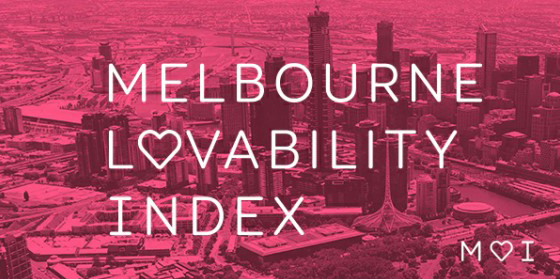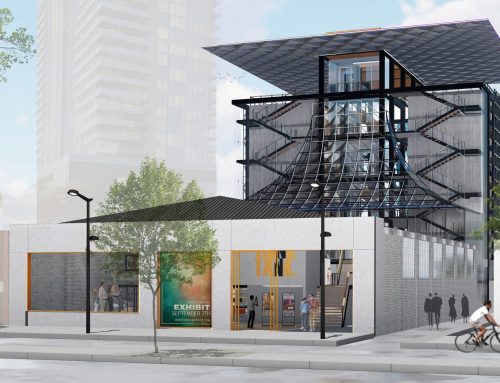Did you know that the liveability indexes don’t actually talk directly to locals? We didn’t and that’s why we created the Melbourne LOVABILITY Index.
Melbourne is known internationally as the world’s most liveable city, but no one has asked its residents what they think – until now.
Using the themes from The Economist’s World’s Most Liveable City rankings, School of Architecture and Built Environment researchers, in partnership with the Committee for Melbourne’s Future Focus Group, have for the first time rated liveability according to how Melburnians feel about their own neighbourhood.
The results are contained in The Melbourne Lovability Index, released today.
Researcher Dr Cristina Garduño Freeman said the results showed that what residents thought about their part of the capital city did not necessarily line up with the results of various liveability indices.
“Even if a suburb in the west of Melbourne is not considered as liveable as a suburb in the east based on statistical measurements of healthcare, education, or even the number of cafes it has, the people who live in these places don’t necessarily agree,” Dr Garduño Freeman said.
“We found lovability means many things to Melburnians. It is both tangible and intangible, embedded in the urban laneways and the natural parklands that surround the city.”
“Lovability is also influenced by people, and social and community connections; with friends and shopkeepers, café owners and librarians. Melburnians love where they live.”
The Future Focus Group’s survey of more than 1000 people across all five regions of Melbourne (central, northern, southern, eastern and western) found people from almost all regions rated their suburbs’ lovability higher than they scored the other six liveability measures, which included culture and environment, education, employment, healthcare, infrastructure and stability.
“What that means is, after asking people to rate their agreement or disagreement to questions across the seven measures, most people agreed their regions were lovable above all else,” Dr Garduño Freeman said.
There was just one area which felt differently: the eastern region, where residents rated their education access and culture and environment higher than their area’s lovability.
“Even so, the eastern region’s residents rated their region as very lovable, and only second to the central region’s residents’ affection for their part of Melbourne,” Dr Garduno Freeman said.
Central Melburnians rated the lovability of their region the highest at 4.17, on a scale where 1 represents highly unlovable and 5 represents highly lovable.
At the other end of the scale, western Melburnians rated their region the lowest with a score of 3.95. However, of all the themes rated, lovability was still the highest for residents of this part of Melbourne, and the difference of .22 in agreement on lovability is not considered significant by the researchers.
Researcher Dr Fiona Gray, said the index proved how important it is to tap into the psyche of why people love where they live.
“It tells us that liveability doesn’t measure everything. Even if regions don’t achieve strong agreement in areas such as education, healthcare and employment, they can still rate highly in terms of lovability,” Dr Gray said.
“What this survey shows is that people associate lovability for their city with many aspects: the old parts of their city, the atmosphere of their city, its attractiveness, feeling locally connected, and the excitement that diversity brings to the city and its people.”
To explore lovability, the survey asked respondents eight qualitative questions to sense how people felt about where they lived. Questions included What do you love most about where you live?; If you could improve one thing about where you live what would it be?;
The Melbourne I share with my friends is…; My favourite experience in Melbourne is…; My hidden gem in Melbourne is…; The Melbourne I love to look at…; When away from Melbourne, I miss…; The one thing I wish for Melbourne is…
Dr Gray said the questions were then assessed using a content analysis and word pairing method.
“While liveability measures are well established, the notion of lovability has not been considered as a factor within indices that measure city performance, yet as Melburnians have told us, it is an important contributor to their wellbeing and affects their quality of life,” Dr Gray said.
While the survey was a pilot project, the Deakin University researchers plan to expand the index across other cities to explore how lovability is affected by the different urban scales of metropolitan and regional cities.
The Deakin team is now seeking industry partners to collaborate on this new and innovative means of quantifying the performance of cities through lovability at a national and potentially international scale.
“Thanks to liveability rankings systems, we know that some parts of Melbourne are rated more liveable than others, but what we found in the survey is that no matter where they live, they think it is pretty loveable,” Dr Gray said.






